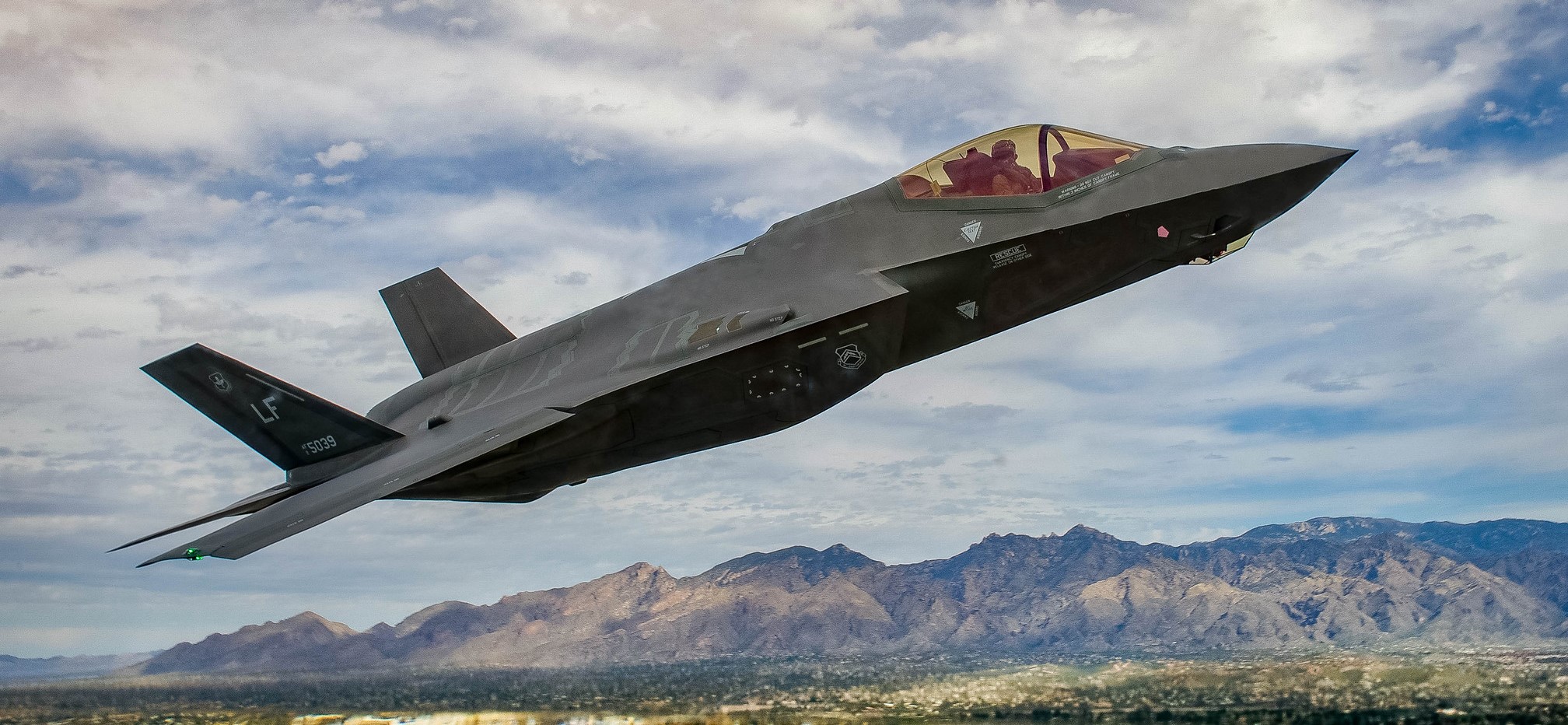Defence Technologies Advance
We’ve come a long way in the last 20 years with increasingly rapid technological advancements shaping every aspect of our lives. It wasn’t that long ago that computers were heavier than the desks that we put them on, and phones were the sizes of bricks.
Defence technology is even more susceptible to the influence of these technological changes. For example, the U.S. military is seriously looking into Augmented reality headsets for soldiers capable of displaying 3D images, information, your location and much more.
Military drones with deep learning programming and AI are being developed. It’s basic programming will allow it to autonomously take off and land, fly in bad weather, and avoid other aircraft, terrain, and obstacles amongst other things.
These are just two examples of the way new technology is being integrated into the military to maximise effectiveness and efficiency.
But it isn’t just the exciting headline worthy super sci-fi advancements that are important. It is the advancements upon every level, from the development of lighter, stronger alloys, to increasingly more powerful computing chips.
Aerospace Fasteners vs. Commercial
To start we want to just outline the differences between Aerospace and Commercially used fasteners.
Fasteners used in the aerospace industry need to be stronger, with a higher tensile strength, often of as much as 2 or 3 times that of a commercial fastener, and they must be more reliable with production paperwork to prove it is up to demanding industry standards.
On top of this, the lighter they are the better. A Boeing 747 has over 6 million parts, half of them fasteners, so they make up a huge amount of weight in an aircraft.
Check out our blog about the fundamentals of aircrafts fasteners to find out more.
Developing Fastener Technologies
Even minor changes in the way a fastener is created can have a massive impact on it’s strength and lifecycle. For example, using a rolled thread massively increases tensile strength, something that is completely unnecessary when manufacturing regular fasteners for commercial purposes.
Another example of a minor design change that has a big effect, is decreasing the angle of the thread from the standard 60 degrees to 30 degrees. Using a modified angle enables uniform load distribution, reducing the load on the first thread engagement and thus minimizing the likelihood of thread stripping.
When it comes to aerospace reducing weight whilst maximising strength is key. One facet of the lightweight composite material push is development of sandwich-structure composites; made by “sandwiching” a thick, lightweight core between two thin sheets of stiff material.
These types of composite materials possess low overall density, high bending stiffness, and often good thermal insulation—excellent qualities for aerospace applications.
One company, Belgium-based EconCore, has developed a process for rapidly producing high performance lightweight thermoplastic honeycomb cores.
The final point we want to raise is around composites and glues, which could signal an end for the need for fasteners.
The skin of a modern fighter may be made of carbon-fiber-reinforced plastic, to save weight, but underneath there is still a lot of metal.
However, this may change in the next generation of combat aircraft: Japanese engineers are working on replacing fasteners with glue, and are applying composite to the substructure as well as to the skin.
A full-scale midfuselage, now undergoing strength testing as part of the technology acquisition effort for Japan’s Future Fighter program, incorporates the arrangement.
The test specimen is built up from modules in which composite skin is glued to composite frames and beams that are themselves joined to each other with adhesive.
Whilst pretty interesting and exciting stuff, we can’t help but wonder if this technology may be better suited, at least until further testing is complete, for low cost aerostructures like eVTOL.
Getting a proper stress analysis and determining the long term bond strength is going to be difficult to analyse with the vehicles aging.
It seems likely that a few fasteners, especially in a high performance fighter would be worth their weight if for nothing else than peace of mind and reassurance in case of failing structural strength due to loosening bonds over time.
Conclusion
No part of the aerospace industry is free from the demands of technological advancement. For the defence industry to create increasingly better, lighter, stronger and more agile aircraft it is vital that every aspect is continually improved.
Aircraft have come a long way from wood and canvas and we are excited to see how future developments build upon our current technologies in the coming years.
Image used under Creative Commons license

